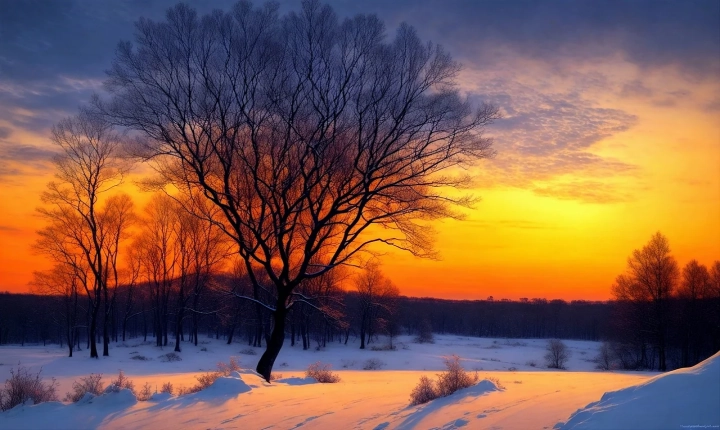Artificial Intelligence has made impressive strides in various fields, including drawing and art creation. With the advancements in machine learning and neural networks, AI has been able to generate and replicate artistic styles, creating stunning and sometimes indistinguishable artwork from human artists. If you’re curious about how to make AI draw, keep reading to discover the process and tools involved in bringing this innovative creative opportunity to life.
First and foremost, the foundation of AI drawing lies in the use of deep learning algorithms, particularly generative adversarial networks (GANs) and variational autoencoders (VAEs). These algorithms enable AI to learn and replicate artistic techniques and styles by extensively training on vast datasets of artwork. By learning the patterns and structures of various art forms, AI can then generate new and original pieces of art through a process called “creative adversarial networks,” where the AI network is pitted against itself to generate the most convincing artwork.
Additionally, the utilization of reinforcement learning can be incorporated to teach AI how to improve its art over time. By providing rewards for certain criteria, such as artistic style, originality, and aesthetic appeal, the AI can learn to adjust and refine its output to meet these standards, effectively making it “learn” how to draw through trial and error.
In terms of tools and technology, there are various open-source libraries and platforms available for creating AI-generated artwork. TensorFlow, PyTorch, and Keras are popular choices for building and training AI models, while applications like Runway, Artbreeder, and DeepArt can provide user-friendly interfaces for generating AI art without requiring extensive coding knowledge.
Another essential aspect of making AI draw is the availability and curation of high-quality datasets that contain diverse and extensive examples of artwork. Providing the AI with a wealth of artistic references allows it to understand and internalize the myriad of styles, techniques, and artistic principles, which in turn, enables it to create more authentic and sophisticated drawings.
Artificial Intelligence drawing has also sparked debates around the concept of authorship, originality, and ethical considerations. As AI-generated art becomes more advanced and prevalent, questions arise about the role of human input in the creative process, the value of AI-generated art, and the potential impact on the art market and intellectual property rights.
In conclusion, the process of making AI draw involves leveraging deep learning algorithms, reinforcement learning, and extensive artistic datasets. These technological advancements open up new possibilities for creativity and artistic expression, transforming the way we perceive and create art. With the help of AI, the boundaries of artistic creation continue to expand, promising exciting opportunities for both artists and technologists alike.
